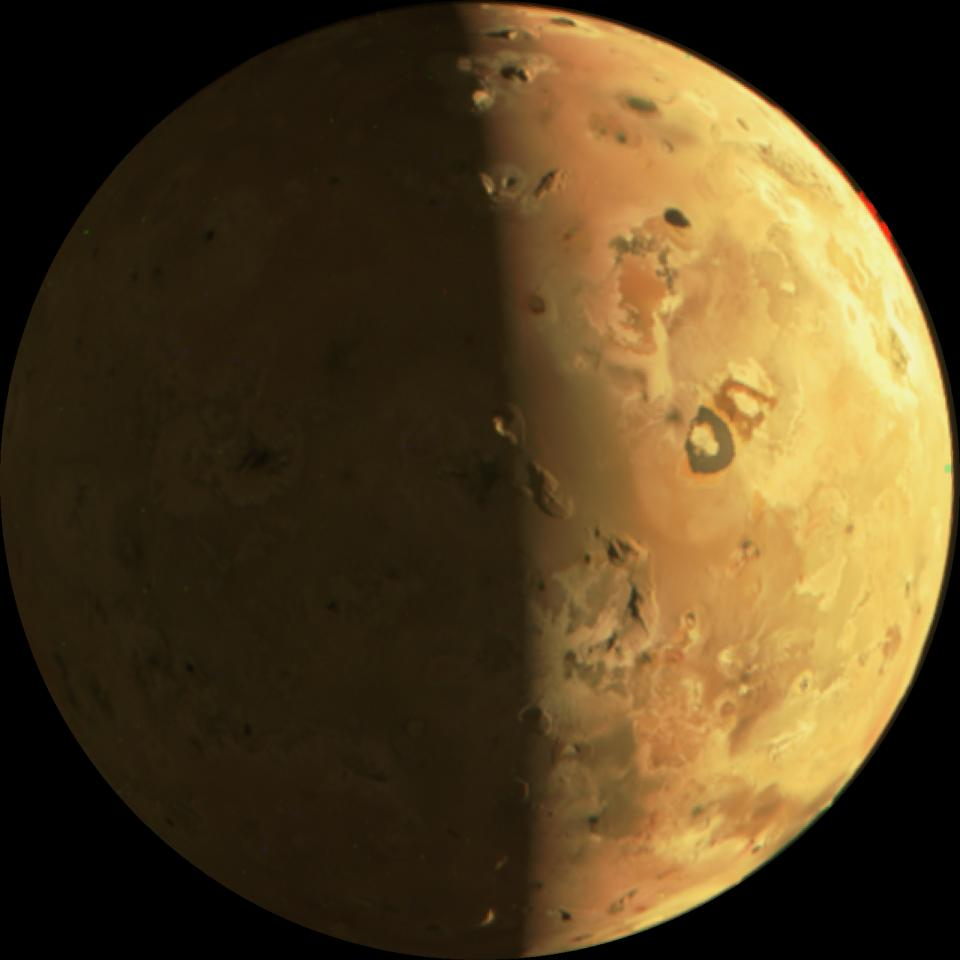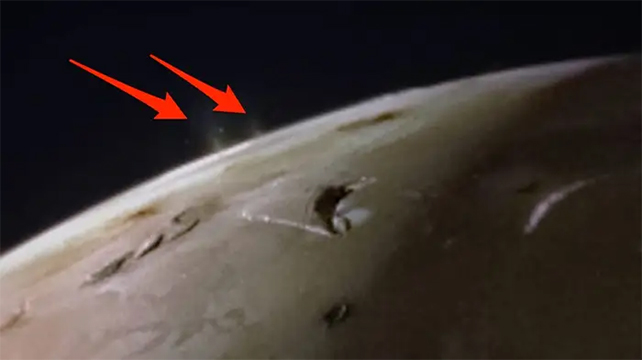NASA Releases Breathtaking Images Of Volcanic Eruptions On Jupiter's Moon Io
NASA releases breathtaking images of volcanic eruptions on Jupiter's moon Io. On Saturday, NASA's Juno spacecraft captured these intricate images of the Solar System's most volcanically active world.
Author:Hajra ShannonReviewer:Paula M. GrahamFeb 08, 2024203 Shares20.2K Views

NASA releases breathtaking images of volcanic eruptions on Jupiter's moon Io. On Saturday, NASA's Juno spacecraft captured these intricate images of the Solar System's most volcanically active world. During its close fly-by, the spacecraft observed plumes of volcanic activity erupting from Io's surface in real-time.
This fly-by marks the second in a series of two close encounters to gain a fresh understanding of the intense phenomena beneath Io's surface. These missions represent humanity's nearest approaches to Io in over two decades, with Juno surveying the moon from a distance of 930 miles. Below are the remarkable initial images captured during this historic event.
A Tortured Moon
Io, often described as a "tortured moon," undergoes constant gravitational turmoil due to the competing forces acting upon it. According to Scott Bolton, the principal investigator of NASA's Juno mission, Jupiter's enormous mass exerts a strong pull on the planet, and its nearby moons Europa and Ganymede also contribute to the gravitational push and pull.
This gravitational tug-of-war subjects Io to immense friction across its surface, resulting in significant heating and driving its volcanic activity. With approximately 400 active volcanoes dotting its landscape, Io's volcanic eruptions are a spectacle. Juno's close-up image from February 3rd shows plumes of gas erupting, demonstrating the moon's dynamic nature.
Io's volcanoes are much larger than anything that can be found on Earth, although they are just slightly larger than Earth's moon. These blazing giants can release torrents of scalding lava that are capable of traveling dozens of miles into the atmosphere. One example of this is Loki Patera, which is the largest volcano on Io. Its size is approximately twice as huge as Mauna Loa, which is the greatest active volcano on Earth.
The Juno spacecraft has been making a careful orbit around Jupiter every 38 days since the year 2016. The Juno spacecraft is currently in the extended mission phase, during which it will begin an exhaustive examination of the entire Jovian system, which will include Jupiter, its rings, and its moons, and will continue until September 2025.
With the help of these fly-bys, the scientists working on the Juno project hope to gain a deeper and more comprehensive understanding of the forces that are responsible for the explosive volcanic activity on Io. At this time, two opposing ideas are attempting to explain the phenomenon.
Io's intense volcanism is thought to originate from a worldwide lava ocean that is constantly seething beneath its surface, according to one explanation. On the other hand, another hypothesis proposes that it originates from the moon's solid core, which is formed of hot metal. It is possible that the solution to this intriguing mystery will gradually become apparent over the course of the coming months as experts continue to investigate the data.
Jump to

Hajra Shannon
Author

Paula M. Graham
Reviewer
Latest Articles
Popular Articles
